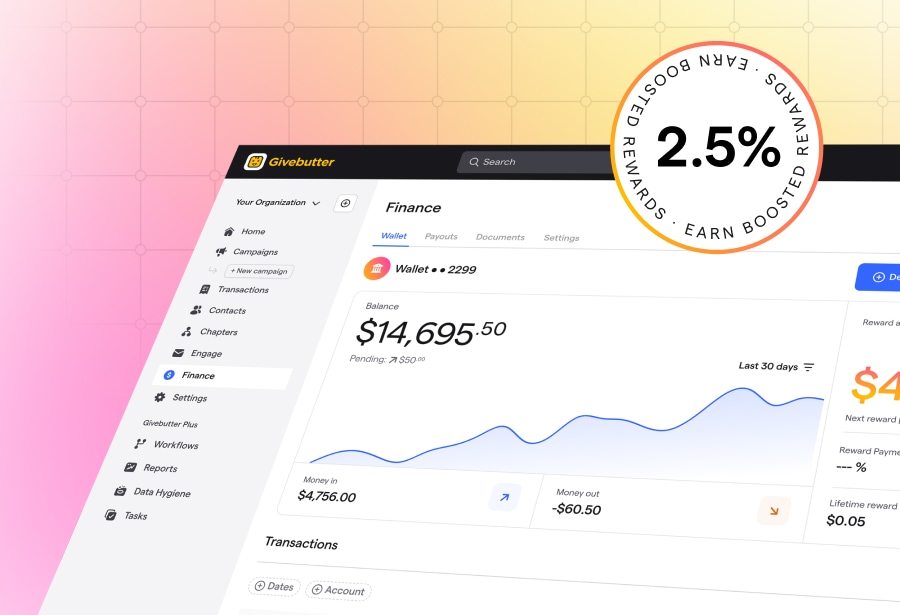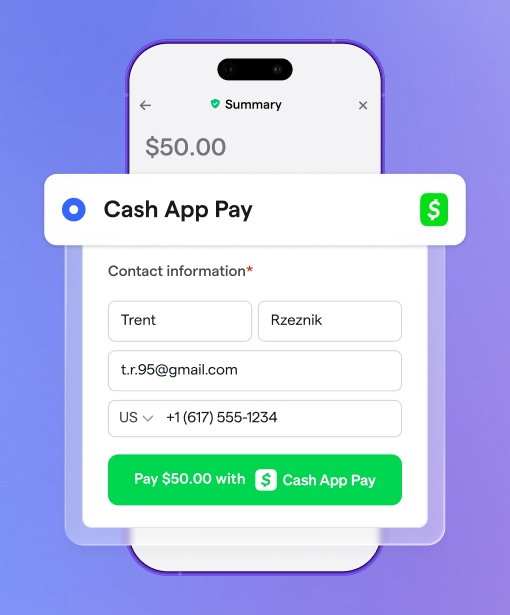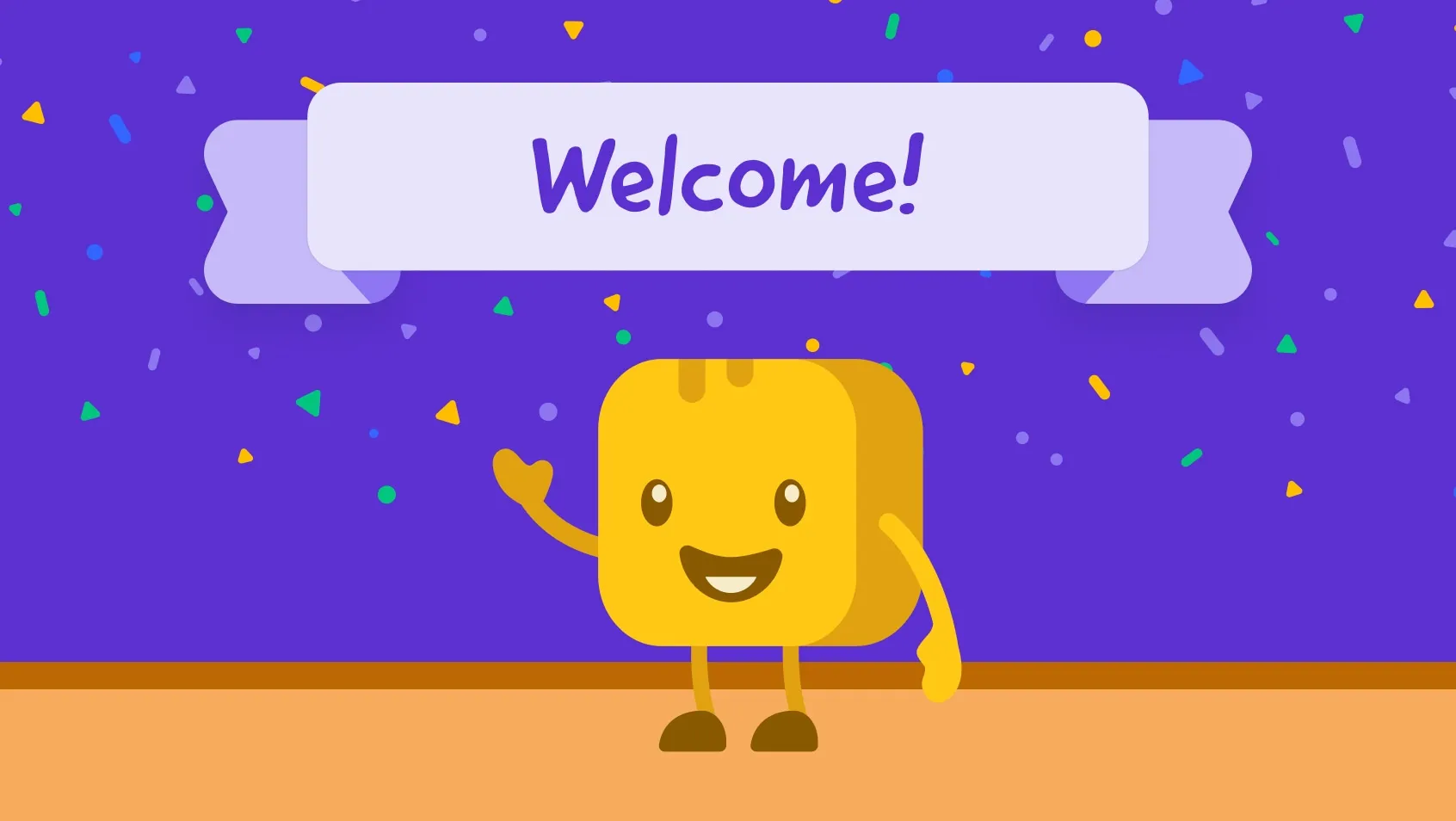Table of contents
Table of contents
Corporate sponsors contribute close to $100B to nonprofit causes each year, and that amount is expected to nearly double by 2030. But here’s the real secret experienced fundraisers will tell you: the best sponsorships don’t start with a packet or a pitch deck. They start with a conversation.
Once you’ve made that connection, your proposal or letter becomes the follow-up that seals the deal.
In this guide, you’ll learn exactly when to use a sponsorship letter vs. a sponsorship proposal, how to write each one, and what to include so your outreach feels personal—not plug-and-play. You’ll also get three free templates you can customize for quick outreach, detailed proposals, and heartfelt thank-yous.
Whether you’re aiming for a local business or a national brand, you’ll walk away with the tools you need to build stronger partnerships and create professional communications for every stage of the sponsorship process.
Sponsorship letters vs. sponsorship proposals: Which one do you need?
When you’re aiming to hit a fundraising milestone or expand your reach by attracting a new audience, corporate sponsorship can be the perfect stepping stone to get you there.
But knowing which type of sponsorship message to send, and when, can be tricky—especially if you’re new to securing corporate sponsors.
Here’s a quick breakdown of the different types of letters you should consider sending and when to send each.
Sponsorship letter (aka “sponsorship request letter”)
A short, personalized message that introduces your organization, outlines the opportunity, and invites the company to talk further.
⭐ Best for:
- Local businesses
- Cold outreach
- Simpler, lower-dollar asks
- Early-stage conversations
Sponsorship proposal
A detailed, multi-page document (or deck) that gives your potential partner everything they need to make a decision.
⭐ Best for:
- Large companies
- High-value sponsorships
- Long-term partnerships
- Events with multiple sponsorship levels
Sponsorship thank you letter
A brief, heartfelt note expressing gratitude and highlighting impact.
⭐ Best for:
- When a sponsor commits
- After your event ends
- Strengthening the relationship for next year
We’ll cover all of these types of letters in more detail, along with matching sponsorship proposal templates for each.
How to write a sponsorship letter
A sponsorship request letter is often the first step in building a corporate partnership. It’s short, personal, and designed to spark a conversation without overwhelming the reader.
Whether you’re asking for financial support or an in-kind donation, a strong letter shows the recipient that you’ve done your homework and that your mission aligns with their values.
What your sponsorship request letter should include
Your sponsorship letter serves as an introduction to your request, sparking interest and providing the next steps for those interested. Be sure to include the following key details:
- Recipient's name: Always address the letter to a specific individual. If you're not sure who the decision-maker is, the head of marketing or event planning is a safe bet. For smaller businesses, address it to the owner.
- Personal introduction: Use the first 1-2 sentences of your letter to make things personal, referencing the individual’s or company's connection with your cause or event.
- The purpose of your event: In the next paragraph, remind the recipient of your event’s purpose. Whether it’s a summer camp, live auction, or sponsored livestream, provide context to help them see the value in supporting your upcoming event.
- Closing: Conclude by making a clear ask. Invite the recipient to take part in your event or program. You can include specific sponsorship options or make a more general request for further discussion. Invite them to contact you with any questions they may have.
Your proposal letter doesn’t have to be lengthy, especially if it’s part of a larger event sponsorship proposal. Keep your letter concise in a proposal, but make a standalone request letter more detailed.
💪 Pro tip: Looking to engage multiple types of event partners? Use separate sponsorship proposal templates to target different forms of corporate giving, such as financial contributions, in-kind donations, and promotional or social media partnerships.
Download your corporate sponsorship letter template 💼
Pitching a one-time event or reaching out to a local business? Start with this sponsorship letter sample to make a great first impression for simpler, quicker asks.
How to write a sponsorship proposal
A sponsorship request letter is great for opening the door, but larger companies and higher-dollar asks usually require something more detailed: a sponsorship proposal.
A strong proposal gives potential partners everything they need to make an informed decision: your goals, your audience, the impact of their support, and exactly how they can get involved. You won’t need a full proposal for every event, but it’s essential when pursuing major sponsors or long-term partnerships.
What your sponsorship proposal should include
A sponsorship proposal is a large document that’s best organized into clear sections to guide the reader through the content.
Here’s a sample sponsorship proposal format to follow:
- Cover page 📕 Introduce your proposal with a compelling cover page. Customize a Canva template or hire a designer to create a bespoke proposal cover page. Include the event name, subtitle, date, and event organizer.
- Table of contents 📋 Add a table of contents so the reader can easily navigate throughout the document. To make things even easier, don’t forget the page numbers.
- Sponsorship letter ✍️ While it's not absolutely necessary, including a personalized letter to the prospect adds a professional touch. Use our sponsorship letter template and fill in your details.
- Objective and team 👯 Explain what you’re doing and why you’re seeking sponsorship. Include a brief overview of your team, listing their names, titles, and roles within the project.
- Data 📊 Provide data to sell your event and convert prospects into sponsors. Include past event attendance, target audience demographics, and exposure metrics if you have them.
- Sponsorship levels 💎 Present your sponsorship packages or tiers in an attractive way. Use columns to show which perks each level offers, along with the tier name, price, and scope of the sponsorship opportunity.
- Sponsors in action 📹 Showcase existing supporters or past sponsors, if possible. Photos, testimonials, and case studies are always compelling, too.
- Terms and conditions 💼 Outline the legalities by sharing your event sponsorship terms and conditions. Cover the scope, terms of the contract, limitations of liability, and obligations for both parties. Clearly stating terms now means you avoid the back-and-forth later on.
- Call to action 📣 End your proposal by thanking the recipient for their time and consideration. Provide your contact information and invite them to reach out with any questions or feedback. Lastly, sign your name and date it.
Tips for how to prepare a sponsorship proposal
Writing a sponsorship proposal shares similarities with other messages nonprofits might send to get donations from companies.
Your letter or proposal should be persuasive and include the key details your recipient needs to make an informed decision. Beyond these basic elements, here are a few expert tips that can help elevate your proposal:
- Keep your writing clear and concise 📝 Make sure your letter or proposal is easy to read with short paragraphs, straightforward language, and plenty of white space.
- Research 🕵️ Take the time to review your prospective sponsor’s website, social media accounts, and recent press to find any connections to your cause and whether the business is a good match.
- Communicate why you’re a perfect partner 💗 Use the insights you’ve gained from your research to explain why your nonprofit aligns with their goals and deserves their financial support.
- Supplement with facts and case studies 🖼️ Evidence your need and past success with data from previous events, campaigns, and programs. Use data visualization to turn those figures into powerful charts and infographics.
- Build a relationship 😃 Whenever possible, find out your intended recipient’s name and personalize your letter. Make it easy for them to follow up with you by including your contact information.
- Customize 🎨 While using a template can save time, be sure to tailor every proposal you send to the recipient’s individual interests and priorities.
- Check for errors ✔️ Before you hit send, ask a team member to review your proposal and give it a final read-through before you send it on its way to your future sponsor.
Download your corporate sponsorship proposal template 📄
Need a sample sponsorship proposal to seal the deal with a major brand? This detailed sponsorship proposal example is perfect for long-term partnerships, high-value asks for national brands, or when you're asking for big-ticket support.
How to write a sponsorship thank-you letter
A personalized thank-you letter is one of the simplest ways to deepen your relationship with a sponsor—and one of the most overlooked.
Once a sponsor commits, take a moment to celebrate their support before diving back into planning mode.
What your sponsorship proposal thank-you letter should include
Keep your message short, sincere, and specific. Include:
- Recipient’s name: Address your contact directly. By now, this should no longer be a mystery, and you can reliably address them by their preferred name.
- Thank you message: Express appreciation for their support. Personalize your letter with specific details about the contribution, such as becoming a gold-tier partner or sponsoring the main stage.
- Impact statement: Share one or two concrete ways their sponsorship moves your mission forward: expanding to a larger venue, funding more program hours, or powering new outreach.
- Closing: Reiterate how excited you are to work together and invite them to reach out anytime.
💪 Pro tip: Match your voice to the relationship. Keep it polished for new sponsors and more personal for longtime partners.
Download your corporate sponsorship thank-you letter template 💌
Never underestimate the power of a thank you. Use this template to show your appreciation and build long-lasting partnerships after an agreement is signed—or again after the event concludes. Gratitude never goes out of style!
Strengthen every sponsorship proposal with Givebutter
With the right mix of a personalized sponsorship letter, a clear proposal, and a thoughtful thank-you, you’re well on your way to building stronger, more sustainable corporate partnerships. The templates in this guide give you a solid starting point—your insight, relationships, and mission do the rest.
With Givebutter’s free nonprofit marketing software, it’s easier than ever to create custom mailings and emails for any individual or segment of your contact list, all while tracking their status in one place. The platform’s powerful nonprofit CRM, event management features, and donation matching tools bring together everything you need to raise more, from individuals and corporate sponsors alike.

Reach more sponsors with unlimited nonprofit mailings
Have peace of mind with one source of truth and a streamlined system for securing valuable donations and sponsorships. Create your free Givebutter account today and get started in minutes.
FAQs about how to make a sponsorship proposal
How do you politely ask for sponsorship?
Keep it simple and human: reach out directly to the person who handles charitable giving, introduce your mission in a sentence or two, and clearly share what you’re hoping to explore. A quick one-pager or campaign link makes it easy for them to understand the opportunity. Use Givebutter’s nonprofit mailings to send warm, personalized messages and schedule timely follow-ups so no potential sponsor slips through the cracks.
What types of information are included in a sponsorship proposal?
A strong proposal highlights your mission, outlines the sponsorship opportunity, lists benefit tiers, and paints a clear picture of your audience and reach. Sponsors also appreciate quick impact stats and a clear call to action. Pulling audience insights and past campaign data from Givebutter can help you back up your pitch with numbers that matter.
Who typically writes a sponsorship proposal?
In larger nonprofits, development or fundraising staff typically write proposals. For smaller organizations, this responsibility often falls to the executive director or dedicated board members.
Sometimes, external grant writers or consultants may assist with particularly important proposals.
What is the difference between a sponsorship deck and a proposal?
A sponsorship deck is a polished, visual snapshot (typically a slide deck or PDF) that quickly communicates your event, value proposition, and audience. A full proposal goes deeper, offering narrative context, detailed benefit tiers, supporting data, and clear pricing or expectations. Most nonprofits use decks in early conversations, while proposals provide all the information a sponsor needs to make a final decision.
How to write a cover letter for a sponsorship proposal?
Greet your contact by name, explain the opportunity in a sentence or two, and highlight why their support would make a meaningful difference. Close with gratitude and a simple next step. With Givebutter, fundraisers can send polished, personalized cover letters and track engagement without bouncing between tools.
.svg)






%20(1).png)



















